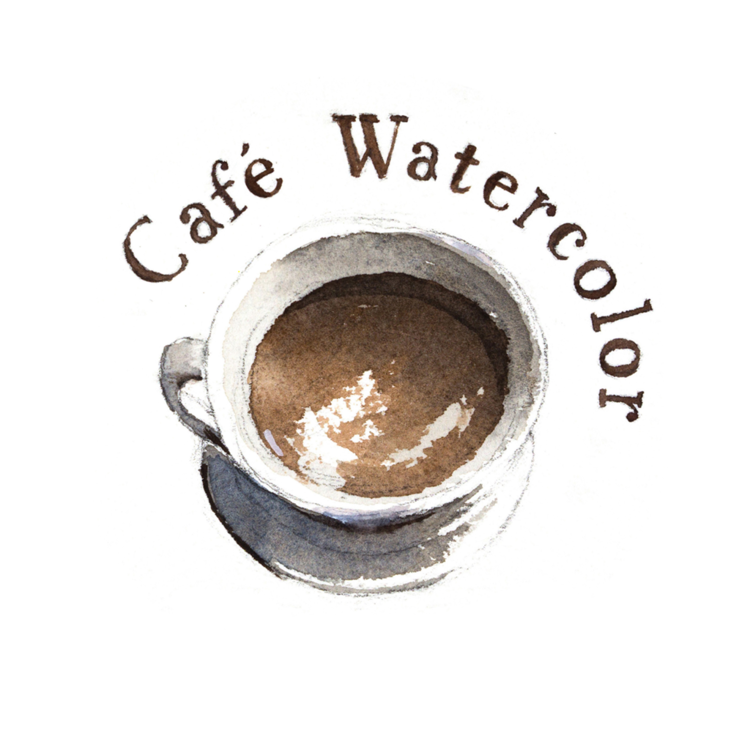There are so many blogs and videos on color mixing. I honestly don’t know if I can give you more than what’s already out there. And yet, I got questions about color constantly. “What colors did you use?”, “which colors go well together?”, “why is my color dirty?” So let me see if I can help you with that today. Watercolor without color is just water. So, unless you are just doing a value study, which is still important, check out my last post. You would want to know how to mix good colors. That being said. I never want to go too technical on things, I want to provide you something practical that you can apply almost immediately. So let’s talk about some practical ways for you to mix some nice colors for your paintings.
Consistent wash and mixture - Dirty colors, muddy colors, don’t come from the color itself most of the time. It might be because of your wash lack consistency. When you paint a wall with a consistent layer of white, it’s a white wall. But if you don’t have a consistent paint, it looks like a stain. And there’s nothing wrong with the paint itself, but the way you apply the paint on the wall. And it doesn’t matter what color, even brown or grey. The same goes for watercolor. A consistent, clean wash is the key to a nice vibrant painting. If your wash is not clean, and your mixture is too watery without enough color. Your painting is going to look dirty doesn’t matter what color you use.
Color is light - Take a white paper out on a sunny day, a cloudy day, under indoor lighting. That “white” is going to look different. The lighting plays a huge role in color. You need to train your eyes to see and train your mind to analyze. If you compared to the same white building in a broad daylight and in the sunset, the color looks vastly different. But the color of the building never changed. The light changes the colors we see. So study, and think about the lighting your subject is in. What color is the directional light? And what color is the ambient light? This is the type of study Monet has done. And what you and I should aspire to.
Think of warm and cool, rather than specific color - Color is a spectrum, we are painting watercolor, not a wall. Don’t think about swatches when you mix your colors. What I like to do is to start my color with a neutral grey. And I start to shift the balance between warm and cool from there. This is probably the easiest way to have a harmonious color in your painting. Because they are from the same base color. You are not mixing separate colors for different swatches, you are mixing warm and cool variants of the colors. And they are all from the same starting point.
Be sure to check out my latest video for the painting demo. Where I share the process of the painting below with you.
Two painting of the same scenery in different time of day lighting


